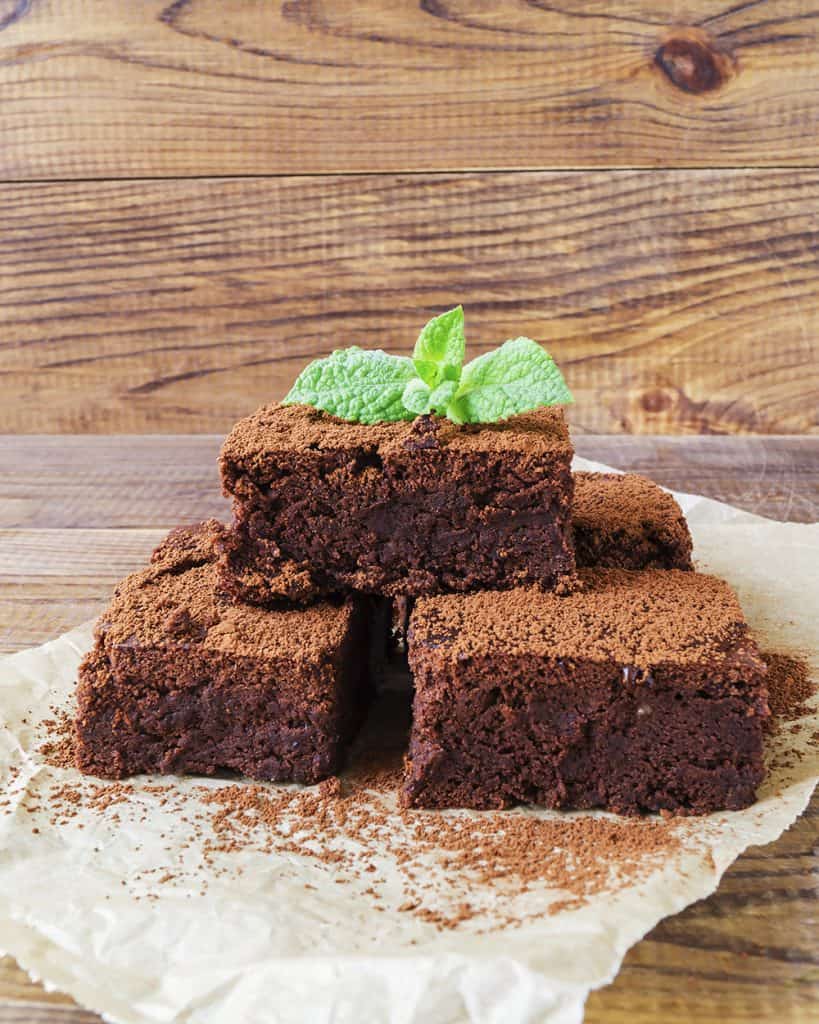
Has your
breakfast time gradually slid down the day? Originally, you had to be up early,
get the kids out of bed, put something on the table for them, your significant
other, and for you, and leave in time for work.
As life
went on, the kids moved out, which gave you more breathing room. Retiring
supplies even less of a push to get up early. Breakfast might happen as late as
10 am, or as part of a brunch, especially on weekends.
You have
probably also noticed that you gain weight more easily as you enter the Golden
Years, and it is harder to take the pounds back off. You have tried dieting.
You may be on a diet now, or searching for the one that will finally work for
you.
You might
even skip breakfast as a relatively painless way to cut some calories out of
your day. Did you know that all those breakfast moves will sabotage your weight
loss attempts?
The Chocolate Cake Diet
Enter the
“Chocolate Cake Diet.” It’s research-based, but not promoted much – probably because it’s not exactly healthy. It was named for the
300 calorie piece of chocolate dessert added to breakfast.
A study
found that people who ate a 1400 calorie diet including cake for breakfast lost
more weight than people who ate a more conventional 1400 calorie diet.
At the
time, the researchers thought it was because the participants got dessert for
breakfast. But later others found that the earlier in the day you eat most of
your calories, the more weight you lose – even though it is the same food and
the same calories.
And even
if it includes a decadent dessert.
The
results are not always immediate, though – it took the cake eaters over four
months before they showed a difference compared to other dieters. So, if you
try the more calories for breakfast approach, don’t give up too early.
While
moving dessert to the morning is one way to change timing of your calories, it
is not exactly the healthiest. So, here are 5 methods to time parts of your
meals with the same effect:
Breakfast
A typical 1400-calorie
diet has low breakfast calories. It includes:
- 300 calories for breakfast
- 500 calories for lunch
- 600 calories for dinner
Adjust this
by adding an additional 300 calories in the morning and cutting out 150
calories at lunchtime and dinnertime. (See the recipes below for 2 suggestions
for breakfast additions.)
Swaps
Another
way to accomplish the same thing is to eat your dinner at breakfast time, and
breakfast at dinner time.
If
mornings are hectic, and it’s too hard to change your breakfast routine, try
modifying your snack time.
Snacks
Basically,
all evening snacks have to go. No snacks after 6 pm.
Start
gradually, cutting out the latest snacks first, then progressively move the
cutoff time up to 6 pm.
Sooner or
later you will need to move dinnertime.
Dinner
Move
calories away from dinner. Eat a heavier lunch, with a light meal – say, a
salad – for dinner, and eat dinner before 6 pm.
The 6 pm
deadline is a type of time restriction – restricting the time during the day
that you can eat. The most extreme time restriction is fasting (ugh). You don’t
have to go that far to get benefits, though.
Time Restriction
The
easiest fast you can do is a 12-hour break between the last food you eat in the
evening and the first food you eat in the morning. You can gradually increase
the time by eating dinner earlier.
Recipes
Need a healthy 300 calorie breakfast addition? Try this:
No-Crust Spinach-Mushroom-Cheese Quiche (6 Servings)

Ingredients
1
tablespoon butter
¼ cup
chopped onion
1 cup
sliced mushrooms
1 cup
spinach leaves, torn into small pieces
4 eggs,
beaten
½ tsp salt
¼ tsp
pepper
1 cup
shredded cheddar cheese
Directions
Preheat oven to 350 degrees F.
Melt the
butter. Sauté the onions and mushrooms gently until the onions begin to look
translucent.
Add the spinach
and stir until it is wilted.
Pour off the
liquid (save and use in soup or spaghetti sauce).
Mix in the
eggs, salt, pepper, and cheese.
Pour into
a 9-inch pie pan lined with parchment paper (or greased).
Bake at
350 degrees for 30 minutes, or until the eggs have set.
Cool 10
minutes, then slice into 6 servings.
Note:
Other types of cheese can be used, if you prefer. My favorite substitute: Swiss
Very Fudgy Brownies

Is your heart set on something chocolate for breakfast?
Warning: This recipe
is for chocolate fanatics – the chocolate flavor is intense, and the brownies
are gooey.
Ingredients
1 ¼ cups
unsalted butter
2 ½ cups
granulated sugar
1 ¾ cups
unsweetened, natural cocoa powder (not Dutch processed)
½ teaspoon
salt
4 large
eggs
1 cup
all-purpose flour
2 teaspoons
baking powder
1 teaspoon
vanilla extract
Directions
Preheat oven to 325 degrees F.
Place
butter in a saucepan on low heat. As butter melts, stir in sugar until it is
completely blended with the butter.
Do not
brown the butter.
Do not
boil the butter-sugar mix.
Add cocoa
and salt, and stir till blended.
Mix in one
egg at a time, stirring after each one until each is blended in.
Add flour
and baking powder, stir until flour is incorporated, then add vanilla. The
batter will be very thick.
For thick
300-calorie brownies, scrape batter into a 9-by-9-inch pan lined with parchment
paper, and bake for 45 to 60 minutes.
The middle
will no longer jiggle when done, and the edges will be set. (The toothpick test
does not work well.)
When done,
sprinkle top with powdered sugar and cut into 9 brownies. (These are very rich
– you can cut into smaller pieces. Just be aware that it will take more than 1
brownie for your 300 calories.)
For a
thinner version, scrape the batter into a 9-by-13-inch pan lined with parchment
paper, and bake for 30 minutes. 1/9 of the pan is about 300 calories.
Ignoring
the health issues, and going by taste preferences, which 300-calorie addition
would you rather have in the morning – brownies or quiche? Can you do the 12-hour
fast between dinner and breakfast? Which of the 5 timing techniques would be
the easiest for you? Please share with our community.





